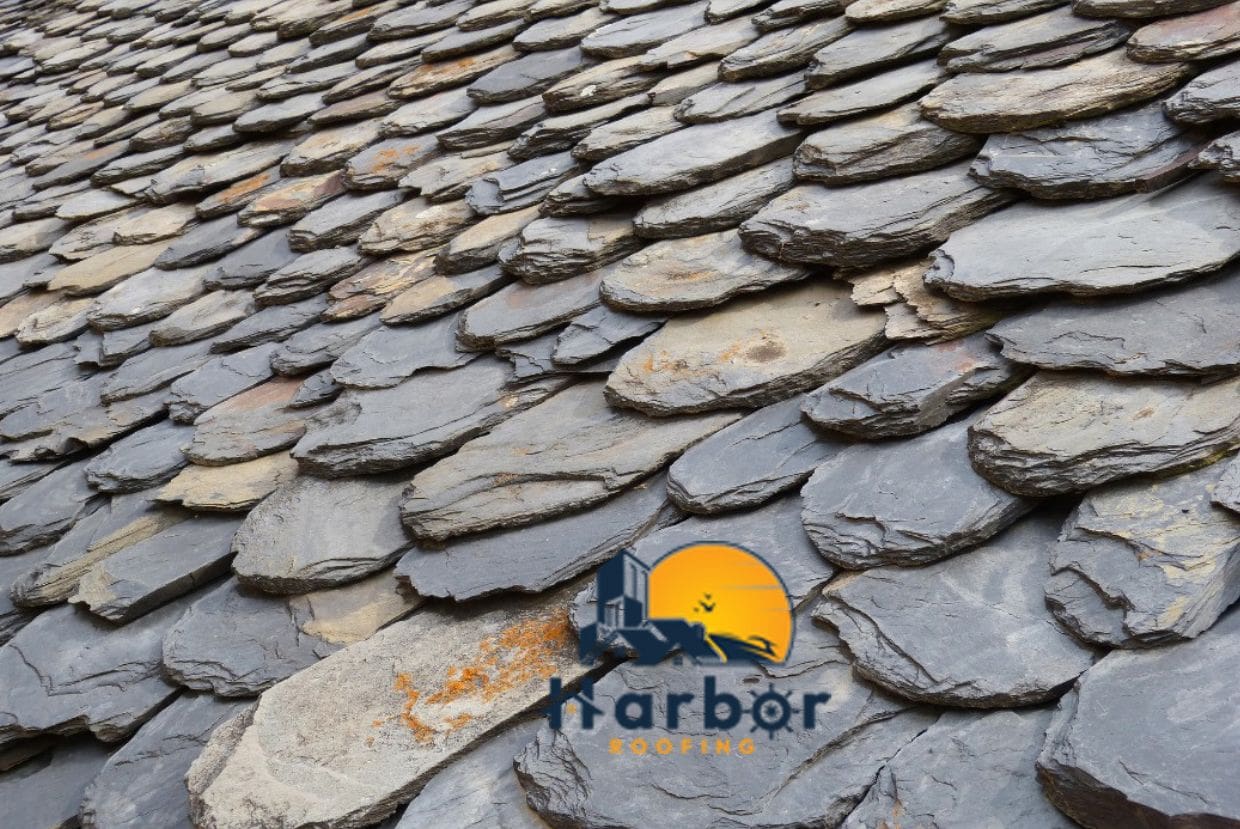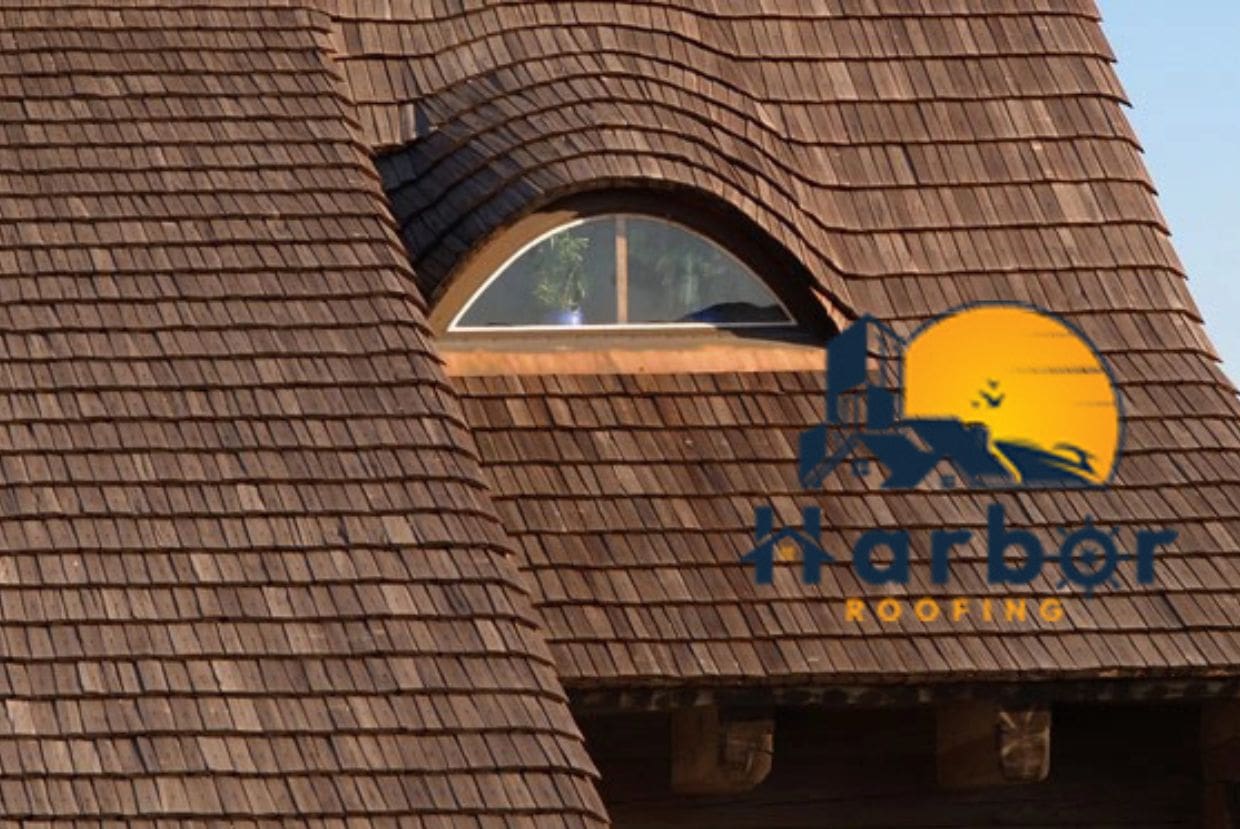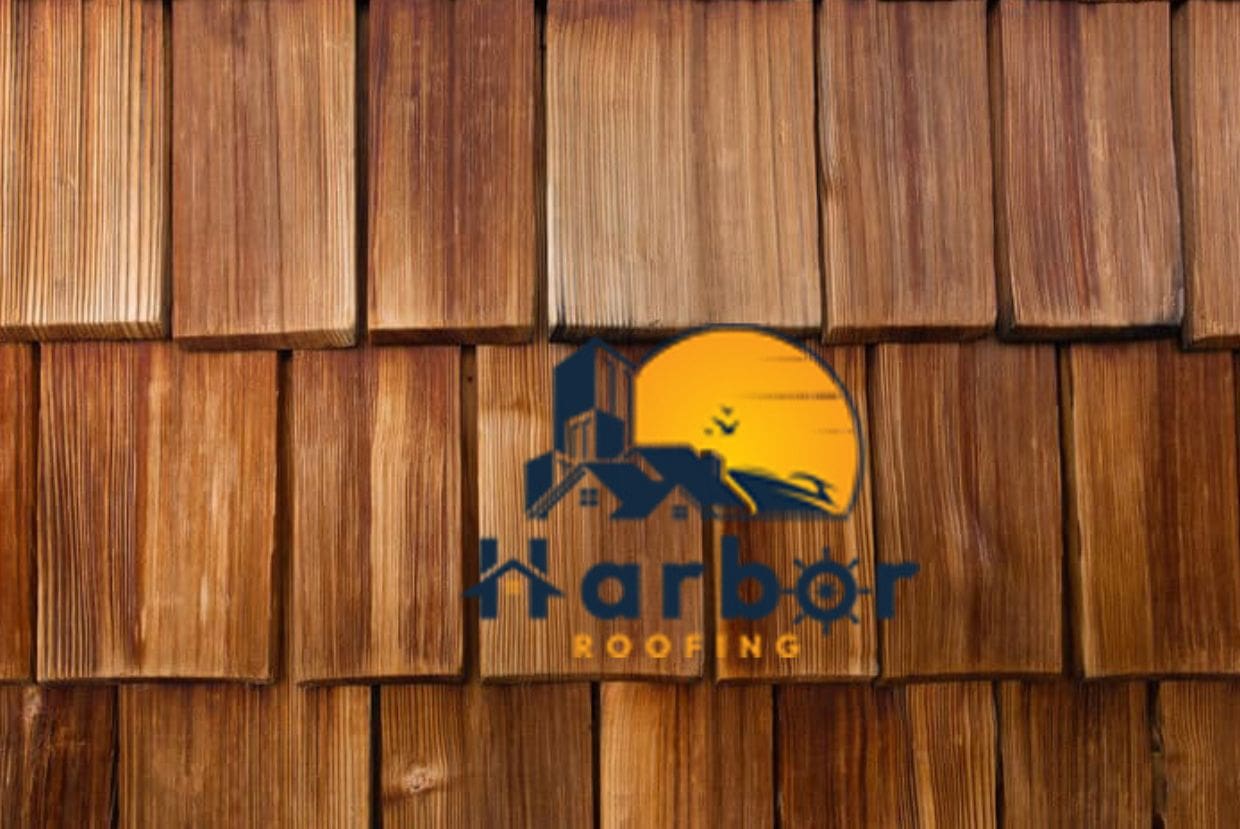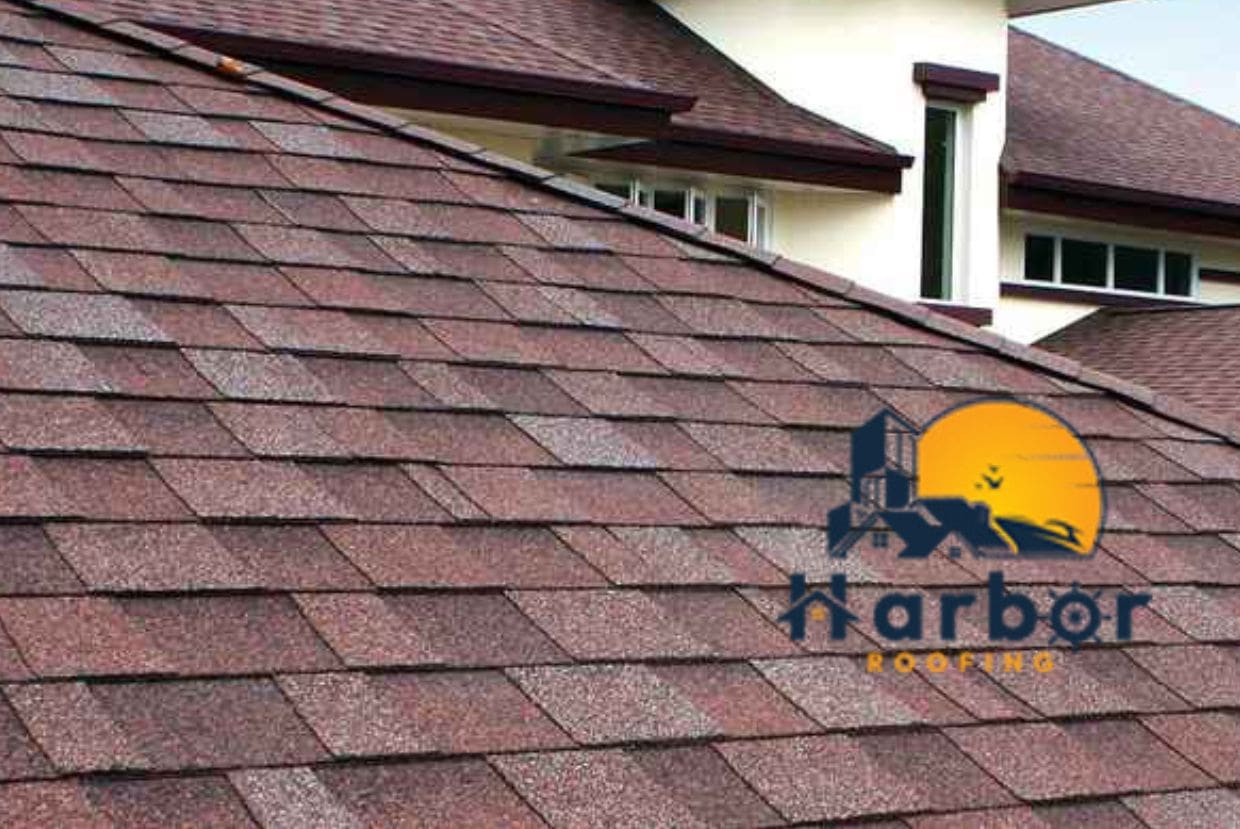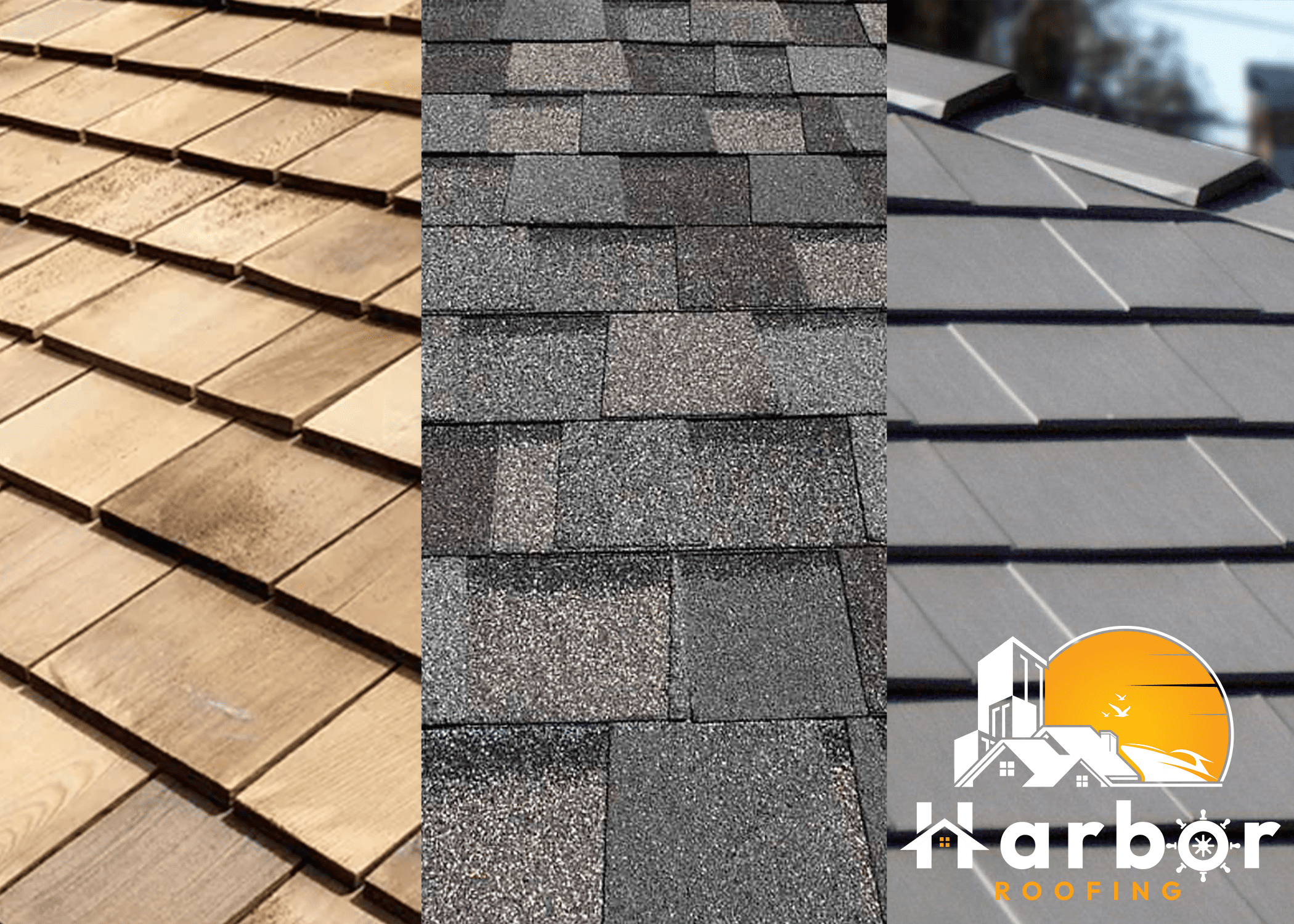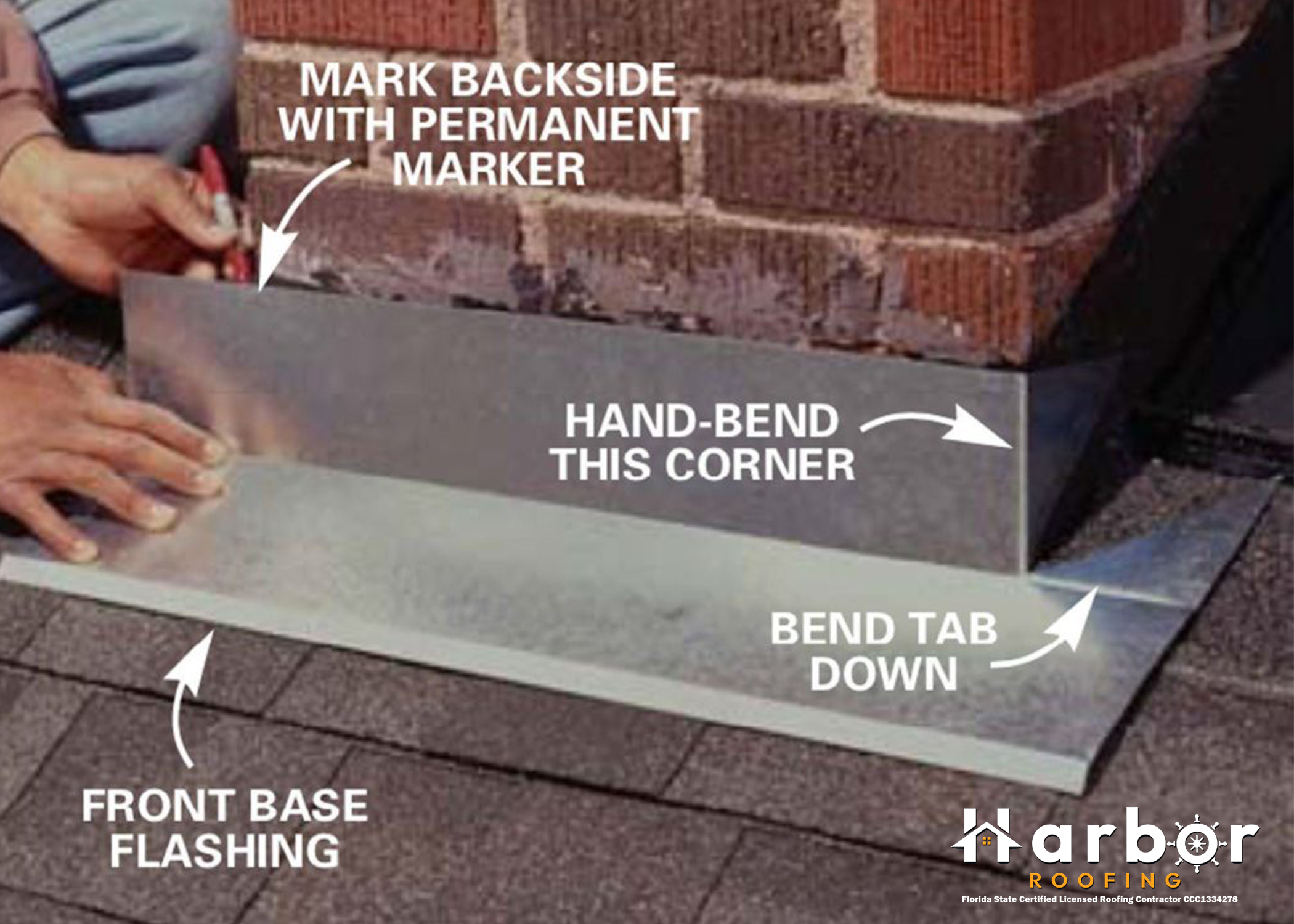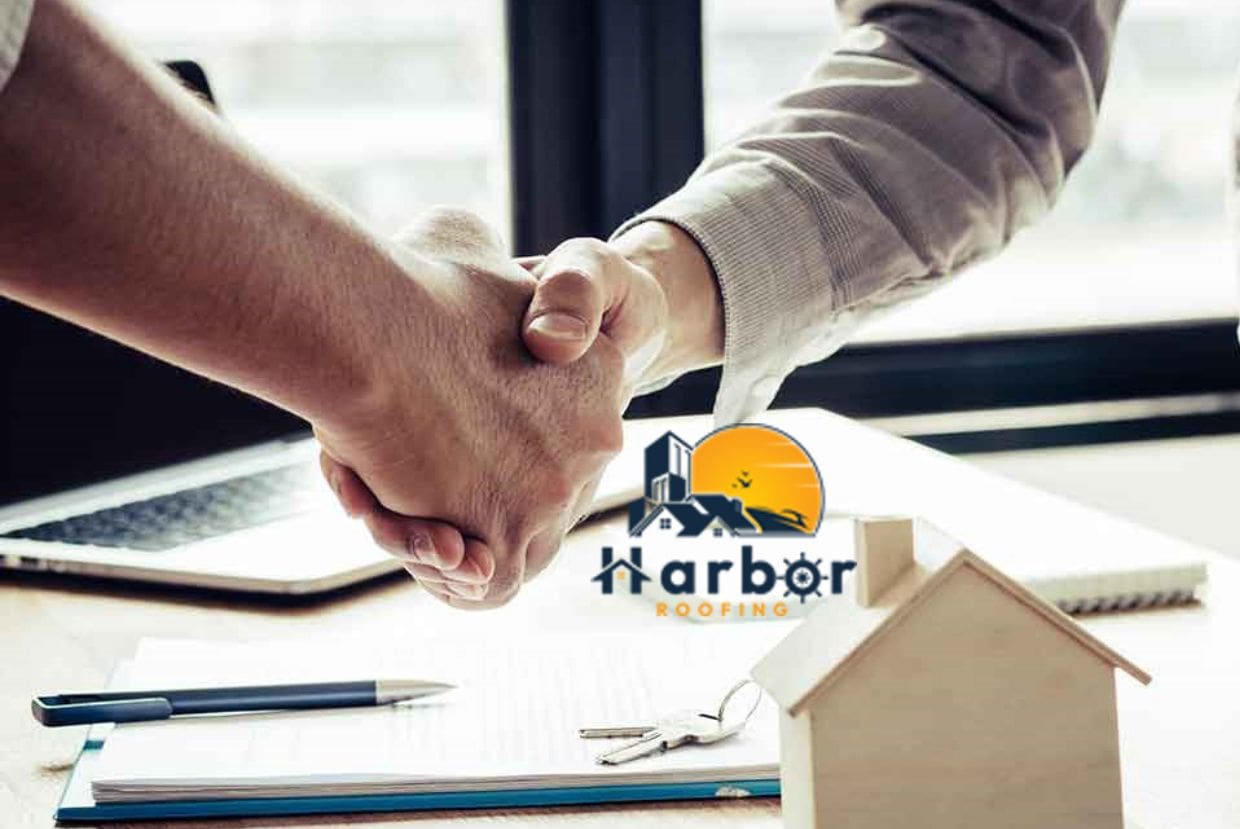Table of contents
Picking the perfect gauge, which refers to the thickness of your panel, for your metal roof can be quite the puzzle, but don’t worry. By the end of this article, you’ll be more enlightened and have a better sense of direction on how to the best metal roofing gauge for your roof.
The thing about metal roofing gauges is that their thickness reduces with an increase in the number of gauges. In addition to that, there are different measuring standards for other metals. In this article, we’ll explain how the selection of the right metal gauge works and when to choose a light or heavy one.
What Is a Roof Gauge?
A roof gauge refers to a metal roof’s thickness. Gauge measurements for metal roof panels typically fall between 22 and 29. Each of these numbers stands for an inch range. Therefore, there is a chance of roofs with the same gauge but minor differences in thickness.
Although these differences might be minimal, they can influence the sturdiness of metal. You should avoid making judgments based on the roof gauge alone, as other factors affect durability.
Types of Metal Roof Panels for Your Gauge Selection
For residential roofs, the typical gauges range from 22 to 29, with 26 being the most popular. The thickest gauge is number 22, while the thinnest is number 29. However, you have to decide on the type of metal roof panel before selecting the best gauge for your metal roof. Would you prefer to get a standing seam or exposed fastener metal roof?
26 Gauge Corrugated Metal Roofing
You shouldn’t go for a standing seam panel if you are on a budget and need an affordable metal roofing panel. A 26 gauge exposed fastener with an SMP coating is a better panel choice. The downside to this is that several screws will pierce the panel, leading to the possibility of a leak sometime in the future.
An estimate of what a square foot of corrugated panel will cost is about $1.00-$1.25
24 Gauge Standing Seam Metal Roofing
A significant advantage of a standing seam metal roofing system is that it is the most weatherproof panel, thanks to its concealed fasteners. Many would agree that it is the best metal roofing system, so it isn’t surprising that it is expensive. You will only find it available in 24 gauge and heavier options. Additionally, it usually comes with a relatively expensive PVDF coating.
Standing seam metal roofing, in a 24 gauge coated with PVDF, will cost about $2.50- $3.50 per square foot. One thing is certain, if you go for a standing seam roof, you will most likely get 24 gauge steel. But with an exposed fastener panel, you will have more options, including 24, 26, or even 29 gauge.
Factors that Determine the Best Gauge for You
The kind of gauge that is best for you is dependent on several factors, including the area you live in. If your area doesn’t experience heavy snow, you might not need to get a very thick roof.
Weather
Based on the gauge, a thicker metal will be more resilient to weather conditions and more durable. Also, it would only need a little support from the building and will hold up structurally for a long time. However, these reasons are not enough to choose a thick gauge for your roof, as not every structure requires one. There are other factors to take into consideration when installing a roof. A roof with a smaller gauge might have a lot more features and variables contributing to its improved longevity.
Cost
Remember that the price of metal increases with an increase in thickness. Although thicker metals will prevent long-term damage and save you some money in the long run, they may not be ideal for some locations. A thicker gauge usually improves the quantity of snow a roof can withstand.
Because installing a 29-gauge roof with 26-gauge trim can be less expensive than installing a 22-gauge roof, many homeowners opt to do so.
How Paint Systems Affect Which Gauges Are Available
When choosing a paint system, there are two primary choices to pick from. They are Silicon-modified polyester, commonly known as SMP, and polyvinylidene fluoride PVDF paint.
Roof Metal Gauge with SMP Paint
SMP paint is cheaper than PVDF and is a great metal coating. People tend to use it more for metal siding or agricultural applications. However, the downside to this paint system is that fading quickly occurs, and the color loses its appeal or luster.
Typically, SMP paint is neutral or light in color. Vibrant or metallic colors are hard to come by with this paint type. It is because when light colors fade over time, they are less conspicuous, unlike bright colors. This explains why, when choosing SMP paint, you are left with limited color options.
SMP paints are available for 29, 26, or 24 gauge roofs, but the most common one is 26 gauge.
Roof Metal Gauge with PVDF Coating
PVDF is the best metal coat. However, it doesn’t exist in light gauge. The only option for PVDF coating is 24 gauge steel; you can’t get a light gauge. But the good news is that you will have many more color options, including matte, vibrant, and designer coatings.
In comparison to SMP paint, PVDF colors do not quickly fade off. This is the most significant advantage PVDF has over SMP.
Thickness of Metal Roofing Gauge for Panels Installed Over Solid Wood Substrate
The strength of a metal roofing panel would be less of an issue when you install it over a wood substrate. 24, 26, and 29 gauges are metal roofing gauges that attach to wood substrates.
When you install a metal roofing panel over a wood substrate, the panel’s strength becomes less of an issue. It does not have to span from support to support. Most metal roofing that attaches to a wood substrate is 29, 26, or 24 gauge.
26 Vs. 29 Gauge Metal Roofing
29 gauge may be right for your metal roofing. However, we advise against it. This is because it is a frail panel that is easily susceptible to damage during adverse weather conditions like heavy wind and hail storms. Additionally, you will be at a high risk of ruining the panels as a result of contraction and expansion if you have long panels.
So, if you live in an area with heavy snow or high winds, choosing 29 gauge is not a good idea. We understand that you might want to save some costs by going for it as a cheaper alternative to 26 gauge. However, the difference between the cost of materials for 29 and 26 gauge is at most 20%, and we don’t think you take such a risk for that minimal gap in cost.
26 Vs. 24 Gauge Metal Roofing
Although 26 gauge is a great option for your metal roof when placed on a strong wood substrate, there are scenarios where there are better choices than it. For example, if you live in a location that experiences heavy snow and high winds, 24 gauge would be a better choice than 26 gauge.
A 24 gauge metal roofing weighs about 30% more than a 26 gauge. This difference in weight causes a corresponding difference in price, which is also about 30%. The price difference even increases when you coat it with PVDF paint. Installing a roof of 25 squares, average size, would cost between $10,000 and $20,000. However, you may save just $1,000 to $1,500 by utilizing 26 gauge in place of 24 gauge.
Installing an exposed fastener panel will leave you with a wide range of alternatives. PVDF limits your choices as it is only available in 24 gauge, whereas SMP paint systems provide many gauges. Additionally, you can only use 24 gauge PVDF if you are installing standing seam panels.
Since many applications can utilize both gauges, this is a challenging choice to make. If you have a lot of snow, want a PVDF coating, or both, spending that extra money on 24 gauge steel might be a good idea. But if cutting costs is a priority for you and you don’t mind the colors available in SMP, a 26 gauge steel will work fine—just ensure that your roof is not subjected to heavy winds or snowfall.
Conclusion
Before choosing a metal roof for your building, you should first determine the type of panel you’ll be using. Then, you choose the steel gauge. However, there are a couple of things to consider before making this decision. Now that you’ve read this article, deciding on the best metal roofing gauge for your roof shouldn’t be a struggle.
Frequently Asked Questions
What is the best metal roofing gauge for houses?
The area you live in is a determinant. Houses usually do not need thicker panels, except if you live in a location that experiences intense windstorms. In that case, 29 gauge would be the best choice for you.
Which metal roofing gauge should I use?
Your choice of metal roofing gauge depends on several factors, including your location, the climate in your area, and the structure of the building.
Which is thicker: 24 or 26-gauge steel?
24-gauge metal is thicker than 26-gauge metal. Gauge metal panel measurements can be tricky, as thicker metal has a lower number.
